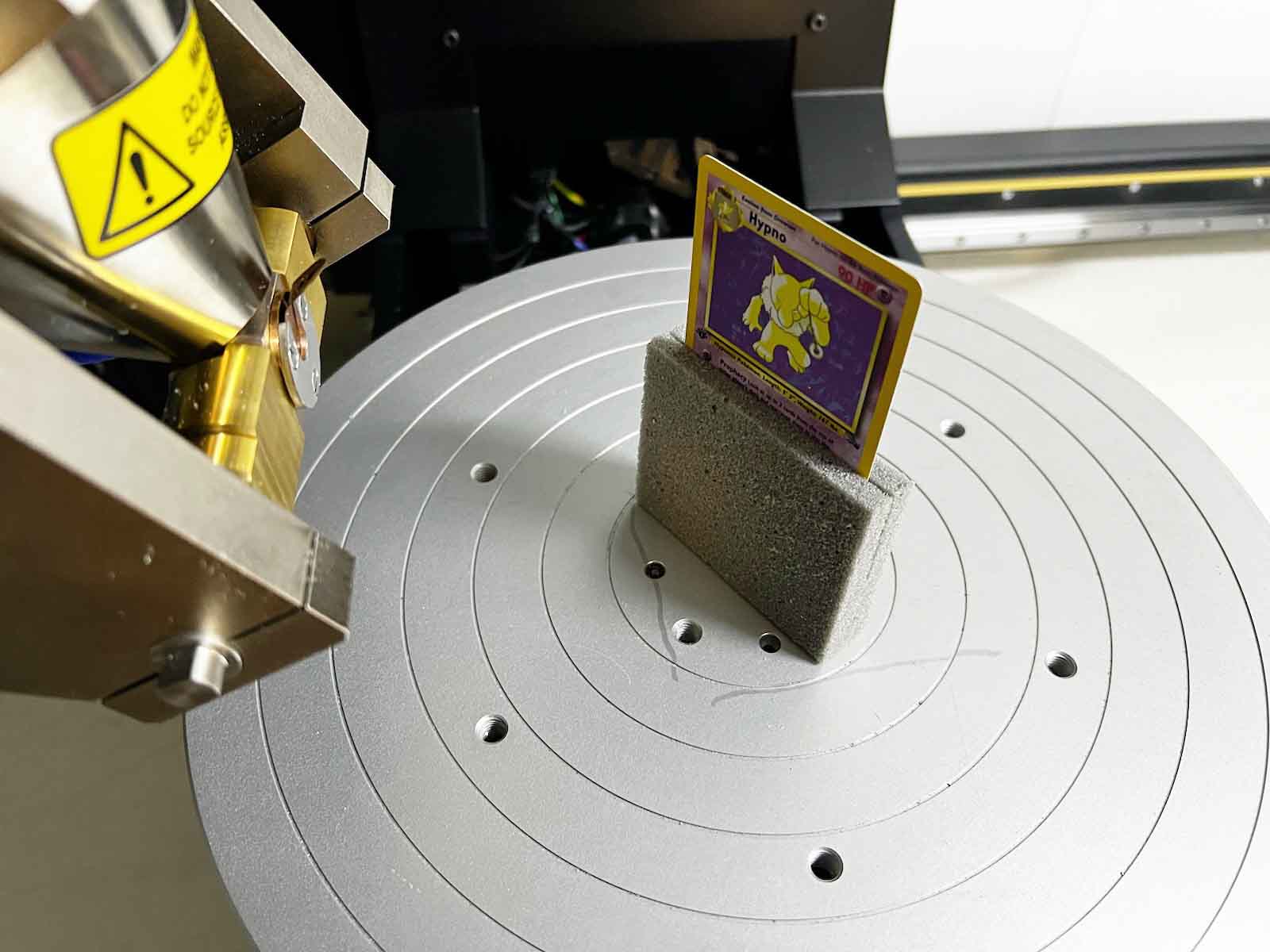
Scanning Pokémon Card Packs: Is This Technology a Game-Changer or a Fun-Killer?
Share
Pokemon Card Scanning... Really?
When it comes to Pokémon cards, the thrill of the unknown is half the fun. From booster packs to elite trainer boxes, every unopened pack carries the excitement of potentially discovering a rare or powerful card. However, recent advancements in scanning technology have introduced a new element to this experience: the ability to see what's inside a pack without ever opening it. But is this a good thing or a bad thing?

What is Card Scanning Technology?
Card scanning technology, such as Computed Tomography (CT) scanners, is now being adapted for use with trading card packs. Originally developed for medical imaging, CT scanners use X-ray technology to create detailed cross-sectional images. In the context of Pokémon cards, this means being able to "see" through the packaging to identify the cards inside.
By analyzing the density and layout of the cards within a sealed pack, these scanners can determine the types of cards inside. For example, a particularly dense card might indicate a holographic rare or a special edition card. This capability has sparked considerable interest among collectors and vendors alike.
How Does It Work?
The process begins with placing a sealed pack of Pokémon cards into the scanner. The scanner uses X-rays to take a series of images from different angles, which are then compiled into a 3D image of the contents. This 3D image can be analyzed to identify individual cards based on their thickness, material, and print density.
Some high-end scanning equipment even incorporates artificial intelligence to improve accuracy. The AI can be trained to recognize specific card types and patterns, making it easier to distinguish between common cards and rarer finds.

The Pros of Scanning Pokémon Card Packs
-
Enhanced Transparency for Buyers and Sellers: Scanning technology can provide buyers with assurance that they’re getting what they pay for. Sellers can verify the contents of packs, ensuring there are no tampered or resealed items.
-
Preserving Pack Integrity: For serious collectors, keeping a pack in its original, sealed condition is often important. Scanning allows them to confirm the pack’s contents without compromising its seal, maintaining the pack's original value.
-
Increased Fairness in Trading: Knowing what’s inside a pack before trading can make for more balanced trades. Both parties can negotiate with full knowledge of what’s being exchanged, reducing the risk of feeling short-changed.
The Cons and Ethical Considerations
- Loss of Mystery and Excitement: The joy of opening a pack and discovering a rare card is a big part of the Pokémon card experience. Scanning technology removes this element of surprise, which could make the hobby less enjoyable for many.
-
Potential for Market Manipulation: With scanning technology, unscrupulous sellers could selectively sell packs with lower-value cards and keep the valuable ones for themselves. This practice could lead to inflated prices for known high-value packs and reduce overall trust within the community.
-
Ethical Concerns: The use of scanning technology raises ethical questions about fairness and transparency. Should collectors disclose if they’ve scanned a pack before selling or trading it? Should manufacturers take steps to prevent packs from being scanned?
The Impact on the Pokémon Community
The introduction of scanning technology has sparked a significant debate within the Pokémon card community. Purists argue that scanning diminishes the core thrill of collecting and trading. They believe that every pack should be a surprise and that part of the fun is the unpredictability. On the other hand, some collectors and sellers welcome the transparency and potential for preserving card integrity that scanning offers.
The debate over scanning technology isn’t likely to end soon. As the technology becomes more accessible and affordable, we can expect to see more discussions about its impact on the hobby and its ethical implications.
Conclusion: To Scan or Not to Scan?
Whether you’re a dedicated collector, a casual hobbyist, or a seller, the decision to use scanning technology is a personal one. While it offers benefits like transparency and fairness, it also poses challenges that could change the landscape of Pokémon card collecting.
Ultimately, the joy of collecting Pokémon cards lies in the adventure and the shared passion among collectors. Whether scanning technology enhances or detracts from that joy is something each member of the community will have to decide for themselves. As this technology continues to evolve, it's essential to consider both the benefits and drawbacks to ensure the Pokémon card collecting hobby remains as enjoyable and fair as possible.
